Mental well-being initiative to make changes on campus
Framework part of university-wide plan to support students’ mental health
The mental well-being framework is just one part of “The Gannon Experience.” It is one of the dimensions of mental well-being, which is integral in Gannon’s adherence to the Catholic mission of transforming lives.
September 7, 2021
“The Gannon Experience” is something that is discussed often on the Gannon University campus. “The Gannon Experience” comprises many things, but it would not be complete without a discussion of mental health and well-being.
“The Gannon Experience” includes academic programs, globalization, a liberal studies core, well-being, experiential learning, service and leadership. The Mental Well-being Initiative was formed to address the well-being component of “The Gannon Experience.”
The Mental Well-being Initiative is composed of members from many departments across campus. It is then broken up into various subcommittees, each working on a different objective for the future. The range of people on the committee is an important part of its success, said Katie Dickey, a senior social work major and Mental Well-being Initiative intern.
“It was really cool to be around so many people who have a similar passion for mental health and to see how deeply the Gannon community cares about this topic,” Dickey said. “I was immediately really impressed by the diversity of people on the committee.”
While the Mental Well-being Initiative is made up of many professionals in the fields of health, counseling and psychology, it also features many others who are qualified in a different way, Dickey said.
“Ultimately, what we have to remember is we have a lot of experts on campus,” Dickey said. “They may not be experts as in degrees or credentials, but we have a lot of people who are experts in their own lived experience of overcoming challenges as college students.”
According to Haley Figurski, media relations and marketing manager at Gannon, this is important in offering a multifaceted approach that reaches all students.
“There’s a lot of depth to this, and it’s really ingrained in the university and everything we do,” Figurski said. “It’s a customized approach because not every individual is the same, and not every individual has the same needs.”
The initiative is also working with Walter Iwanenko, Ph.D., provost and vice president of Student Experience at Gannon, to further develop the Mental Well-being Framework in place at Gannon. This will be done through methods such as surveys and focus groups.
“Our No. 1 priority is to do a needs assessment of the campus and figure out where the most need is for mental health support,” Dickey said.
The need to assess the mental health concerns of students at Gannon skyrocketed because of the COVID-19 pandemic. Dickey said that just as COVID-19 is a changing situation, so are the mental health needs of students on campus.
“With COVID changing the playing field a little bit, it seems like it’s the right time to get students sitting down and talking about their needs and representing their peers, and really discussing the intersection point of mental health and the college experience,” Dickey said.
Iwanenko said that it became more important than ever to promote social connectedness and resilience, as well as offer opportunities for engagement.
“It really starts here at the top in fostering a healthy environment,” Iwanenko said. “It’s not all about counseling. It’s about the other activities and how we let students know that these are all the opportunities they have to take advantage of.”
This Mental Well-being Framework is essential to Gannon’s mission, which is to transform lives, according to Iwanenko. This goes hand in hand with Gannon’s Catholic tradition and identity, as well as the service standards that adhere to the Catholic mission.
“It’s really about discovering what an individual’s potential is; that’s how your life is transformed,” Iwanenko said. “When students are here, they impact us as well, it transforms our lives, and it transforms the lives of our community and the individuals they come in contact with.”
A major component of the Mental Well-being Framework is increased health-seeking behavior. If these behaviors, patterns and habits are encouraged from the start, it can help reduce the number of crises, Iwanenko said.
“I’m really interested in developing more of the promotion,” Iwanenko said. “There are signs around campus promoting our COVID model. We need to get to the point where there are signs around campus promoting mental well-being.”
Messaging, opportunities for engagement and having open conversations related to mental health will help lower the stigma surrounding mental health, and in turn will help prevent moments of crisis, Iwanenko said.
“Our counseling center, in the past, had a model of just working with students that needed counseling,” Iwanenko said. “What we’re trying to do is shift to allow them to do more prevention, groups and programming.”
Prevention can also look like identifying people at risk for mental health concerns through screening and referrals, like the way individuals are screened for being at risk for COVID-19. Iwanenko said that the university is looking into ways to use the LiveSafe app to make this more accessible and widespread. The Mental Well-being Initiative is also looking at setting up a web presence, which will offer an accessible place to find mental health resources.
All of these measures are part of a larger plan, according to Iwanenko. The goal of the university is to develop a model through this framework that will make sense to students, parents, faculty and staff.
“The committee’s task is to bring awareness to mental well-being and develop a cohesive plan for how the university addresses mental well-being, not only in crisis but in prevention and education as well,” Iwanenko said. “This is not work that’s being done secretly. I want people to know that this is what we’re working on.”
There are things already happening that are contributing to this plan, especially when it comes to the first-year experience. For example, a mental well-being forum was added to the list of Welcome Week activities, which has never been done before.
“This was the first time we had students in a forum talking about mental well-being,” Iwanenko said. “We’re trying to introduce it much earlier.”
Rebecca Slavicek, a junior nursing major, took part in this forum. She said that the forum was an opportunity for students to not only feel less alone in their struggles, but to learn how and where to get help.
“I was admitted to an inpatient treatment program in April due to my deteriorating mental health and coping mechanisms that followed,” Slavicek said.
“I felt so lost in that process and wanted to represent something bigger than myself. My journey was not easy nor enjoyable, but I am able to find joy in bringing awareness to students who might find themselves in the same uncomfortable situation I did.”
Another part of revamping the first-year experience is changing the focus to address how to seek assistance, and to give students the skills and insight to distinguish healthy behaviors from unhealthy behaviors.
However, this work does not just stop after the first year. The Mental Well-being Initiative is working on assessing the mental health needs of students and emphasizing mental well-being after freshman year as well. Measures such as quiet spaces and therapy dogs were found by the Initiative to be effective in offering support to students.
“I’m really fond of the idea of creating physical space for people to come together for change, for connection and for empathetic conversation,” Dickey said. “I’m hoping that at some point in time we see mental well-being taking up more physical space on campus, and also taking up more conversational space on campus, and those two things going hand in hand.”
Faculty training is another important aspect of the mental well-being plan. Gannon’s Center for Excellence in Teaching and Learning is being utilized to train faculty in addressing and fostering mental well-being.
“We are working on introducing faculty to the skills needed to have conversations about mental well-being, promoting mental well-being and knowing where to direct individuals when they need additional assistance,” Iwanenko said.
Students are also integral in developing and changing the model. Peer support models are being developed to allow students to help each other and foster an environment of mutual encouragement. Eventually, upperclassmen will be integrated into first-year seminar classes in order to offer additional support.
“Peer support is introduced during the first year, but we want to be able to keep it going and that’s where it fits into the model,” Iwanenko said.
Dickey said that peer support is a way to reduce the individualization of mental health and mental illness on Gannon’s campus. Through peer support groups, the Mental Well-being Initiative and the Mental Well-being Framework, the university is attempting to zoom out and take on mental health as a community.
“Peer support is the opportunity to learn from other students and to not only have a broader understanding of what mental health is, but also to have a deeper understanding of what might work and what might not work for us,” Dickey said.
“It’s a really good way of pooling our independent understandings of well-being into one community so that we can support one another during hard times, help each other access resources and cope together, because none of us are in this alone.”
According to Dickey, goals are being met and investments are being made. She believes that as a campus, Gannon is coming to a point where it is less about combating the stigma surrounding mental health and more about moving forward with plans of action.
“Sometimes we have to get over this hurdle of not wanting to talk about it,” Dickey said. “We have to break through that wall in order to get to the point where we can set significant goals moving forward for how we can operate as an organization and operate as sub organizations.”
Slavicek agreed that work is being done to show students that it’s OK to talk about their struggles. She said that the more it is talked about, the easier it gets to keep talking about it.
“It’s all about using your voice to stand up for what you believe in, and starting uncomfortable conversations,” Slavicek said.
“That’s something that hasn’t been easy in today’s world, and I’m so proud of the recent generations for changing the conversation.”
This is an ever-changing effort, and it does not stop once specific goals are met.
“My vision is that we will continue to maintain a mental well-being committee made of faculty, staff and students who will continually monitor and give feedback,” Iwanenko said. “When we set goals, we need to come back on a loop and make sure we are meeting our goals.”
Mental health at Gannon is not pioneered by one person, leader or department. It is a team effort, and this begins with the Mental Well-being Initiative.
“The most important way to get to that end goal of having a mentally well community is to have the really hard conversations, the conversations that make us uncomfortable and the conversations that challenge us,” Dickey said.
ANNA MALESIEWSKI









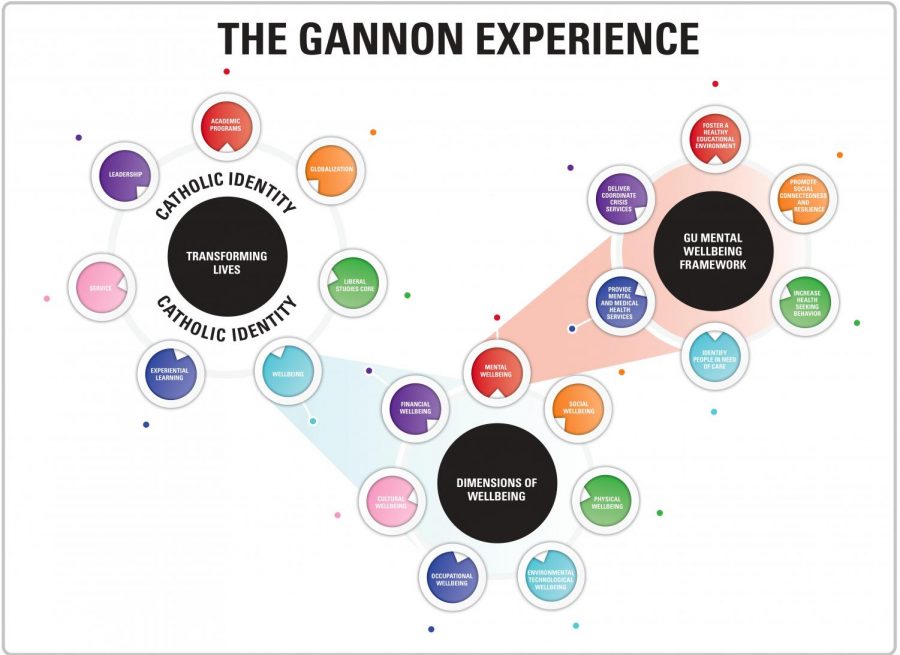

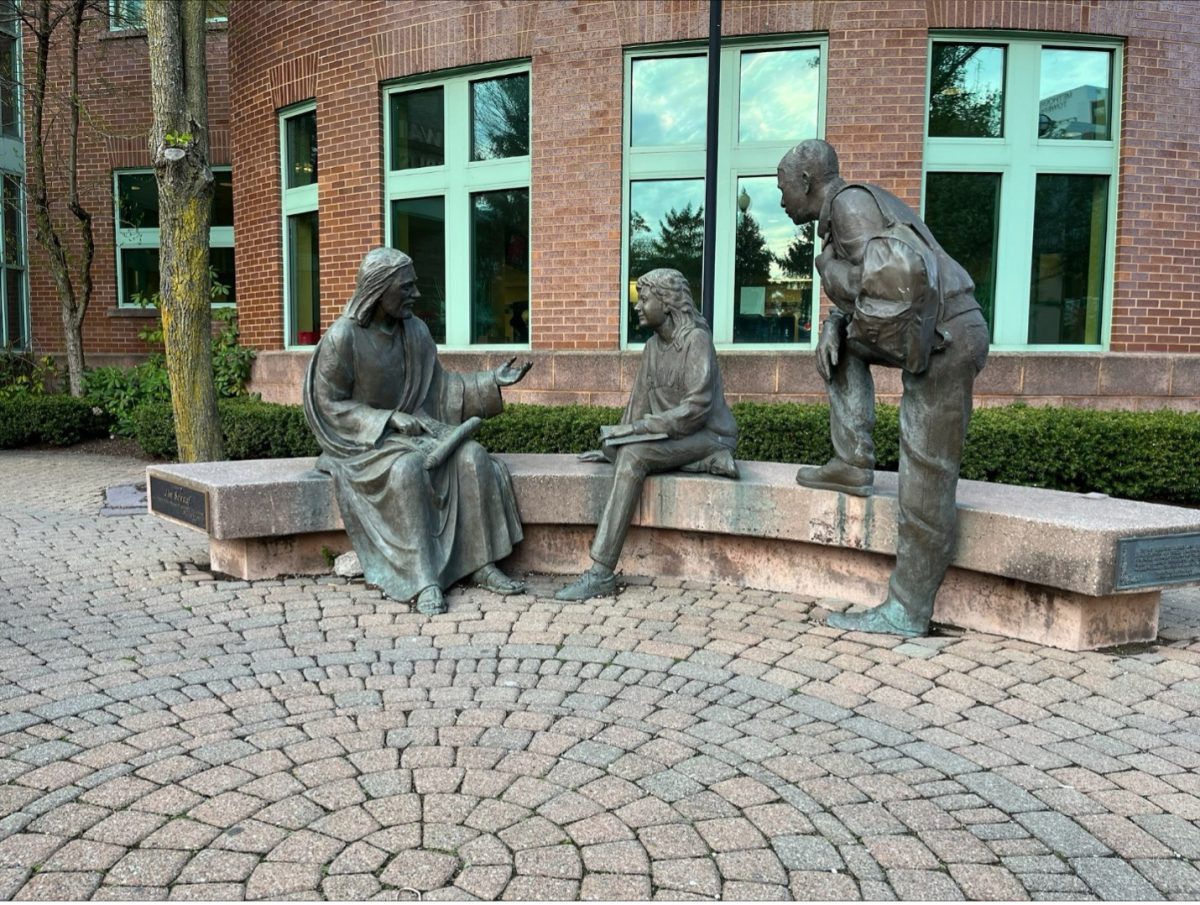
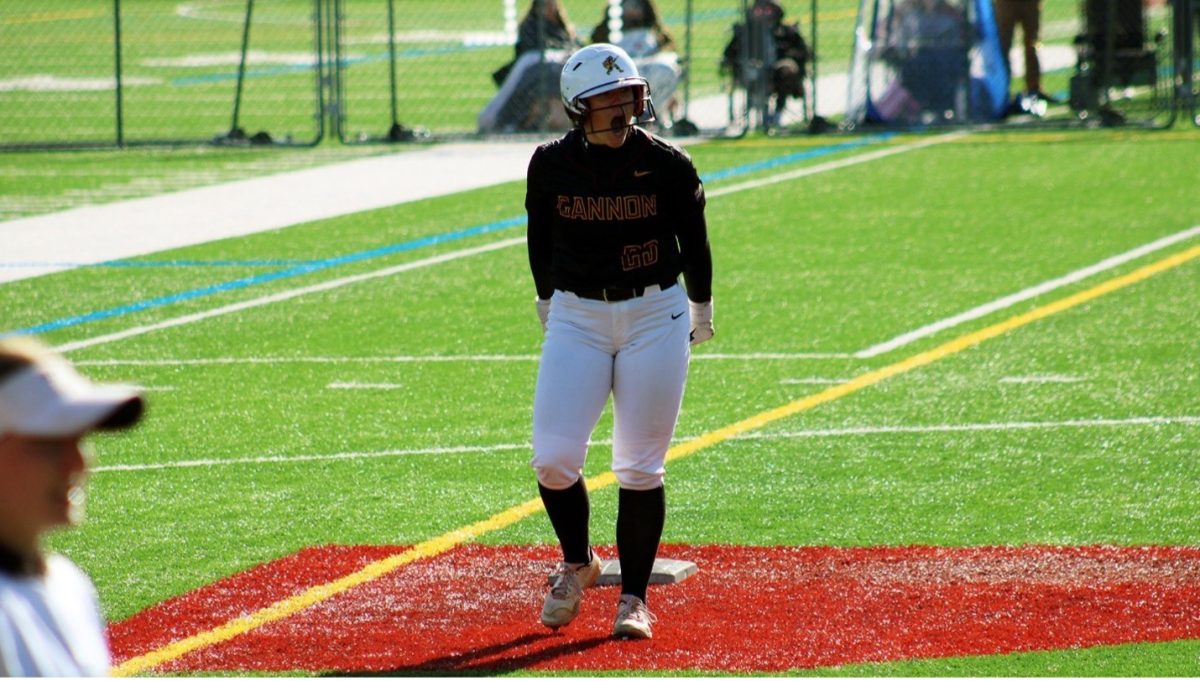





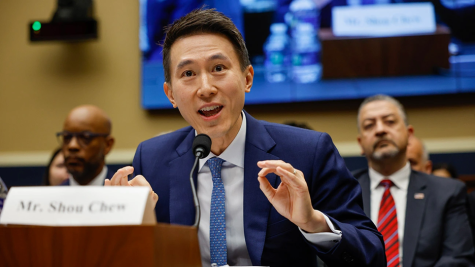
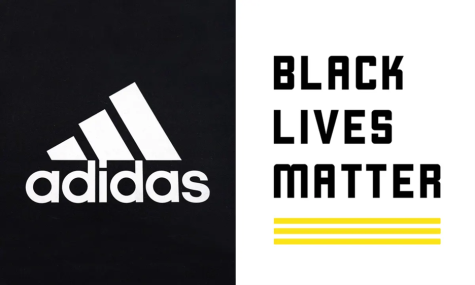

Jane Blystone, PhD • Sep 8, 2021 at 6:21 pm
Ann, well-researched and written. Keep writing the hard-hitting stories.